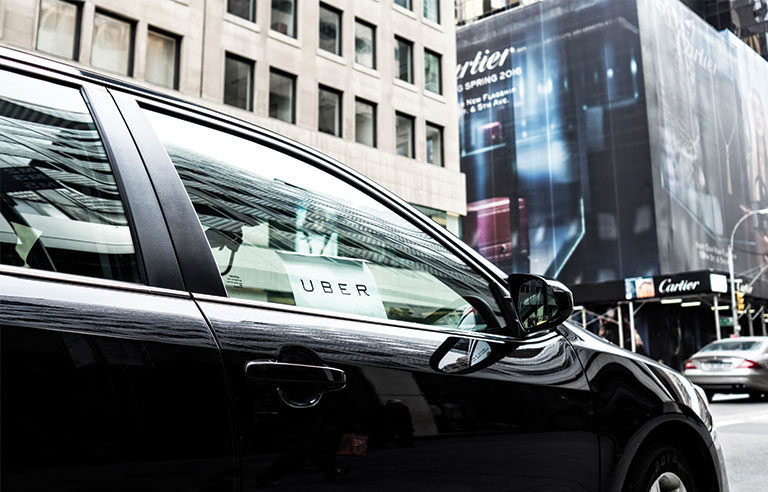Fatigue, sleepiness major safety risks in ridesharing industry, sleep experts say

Darien, IL — Fatigue and sleepiness are inherent safety risks for ridesharing drivers and their passengers, the American Academy of Sleep Medicine declares in a recent position statement.
Contributing factors include drivers’ work schedules, which often take place in the evening or during off time from a primary job. Those nontraditional times are when sleepiness can peak, AASM states.
“Such a schedule may lead to driving after extended periods of wakefulness or during nights, both of which are factors that increase the risk of drowsy driving accidents,” the organization’s board of directors wrote in the April 15 issue of the Journal of Clinical Sleep Medicine.
Drivers are independent contractors, AASM points out, and are not subject to screening for obstructive sleep apnea or other contributing medical issues. An April 16 AASM press release cites a 2014 AAA Foundation for Traffic Safety study that estimates 328,000 crashes a year involve a drowsy driver. Of those, about 6,400 are fatal and approximately 109,000 result in injuries.
Reducing fatigue-related accidents is on the National Transportation Safety Board’s list of 10 “Most Wanted” safety improvements for 2017-2018.
The ridesharing industry says it has taken steps to address those issues. Since February, Uber has required drivers to go offline for six consecutive hours after 12 hours of driving. Lyft mandates the same break for every 14 hours of driving.
AASM, however, considers those steps “insufficient” because drivers may work more than one job or for more than one ridesharing service. The academy states in the release that the ridesharing industry, government officials, the medical community and law enforcement should work together on solutions.
“We are dealing with a public safety issue, where low fares and salary incentives compel drivers to continue driving past their safety limits,” Dr. Indira Gurubhagavatula, senior author and associate professor of medicine at the University of Pennsylvania, states in the release. “They may be unaware of the huge risks they are taking or have the false belief that sleep is overrated. Their customers, meanwhile, usually aren’t asking themselves, ‘How alert is my driver right now?’ They aren’t even thinking about drowsy driving. This is a formula for disaster. We need to raise awareness and gather information. Without accurate estimates of how common this is, or regulation, it’s the Wild West of transportation out there.”
Post a comment to this article
Safety+Health welcomes comments that promote respectful dialogue. Please stay on topic. Comments that contain personal attacks, profanity or abusive language – or those aggressively promoting products or services – will be removed. We reserve the right to determine which comments violate our comment policy. (Anonymous comments are welcome; merely skip the “name” field in the comment box. An email address is required but will not be included with your comment.)

